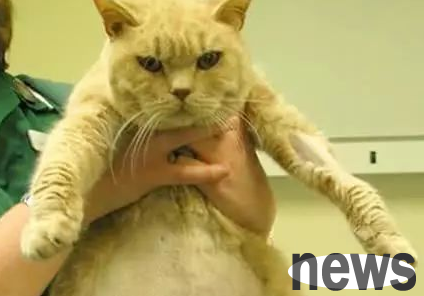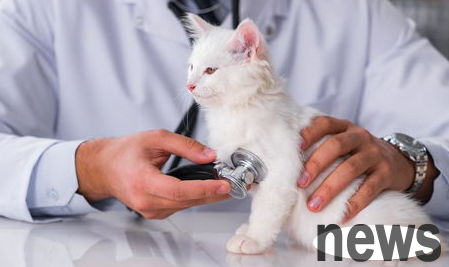Cat infectious peritonitis is a chronic, gradual and fatal infectious disease caused by cat infectious peritonitis virus. Cats with cats infectious peritonitis often experience fever, diarrhea, no appetite, and drowsiness. As the disease develops, s...
Cat infectious peritonitis is a chronic, gradual and fatal infectious disease caused by cat infectious peritonitis virus. Cats with cats infectious peritonitis often experience fever, diarrhea, no appetite, and drowsiness. As the disease develops, specific symptoms will gradually appear, which are usually divided into two types: exudate and non-exudate. The exudate type is mostly manifested as the production of ascites, while the non-exudate type is caused by granulomatous lesions in various organs, and the condition will gradually worsen until death.

cat infectious peritonitis is divided into exudate and non-exudate. The former is characterized by accumulation of body fluids in the body cavity (especially the abdominal cavity), while the latter is characterized by granulomatous lesions in various organs and the occurrence of clinical symptoms related to this.
exudate type accounts for about 60%-80% of all cases. The symptoms in the early stages of the disease are not characteristic. The sick cat is depressed, drowsy, weight loss, loss of appetite or intermittent anorexia, and sometimes diarrhea, and subsequent body temperature rises to 39.5℃-41℃, and shortness of breath. Typical clinical symptoms can be seen in 7-40 days - a large amount of exudate: abdominal effusion is manifested as an enlarged abdominal circumference; when pleural effusion occurs, it is manifested as dyspnea and pale conjunctiva; jaundice may also occur in some exudate conditions; uveitis may occur in the later stage of the disease. As the exudate gradually increases, the sick cat shows rapid breathing, anemia, and weight loss, and the sick cat fails and dies after several weeks.
Non-exudative type is mainly manifested as damage caused by the eye, central nervous system, kidney, liver, and mesenteric lymph nodes, corneal edema, and inflammation of the irido-clicular body. About 50% of non-exudative cases will invade the central nervous system and eyes.

There is currently no vaccine to prevent this disease in China. It can be prevented and controlled from the following ways:
Reduce infection caused by feces in the environment: make sure that cat litter box is used exclusively for cats. The sand tray and surrounding environment need to be cleaned and disinfected every day, and the sand tray and the food basin should be separated.
Give cats a suitable living environment and good breeding conditions: Try to achieve one cat and one cage. If raised in groups, maintain less than 3-4 cats in each group to reduce the interactive infection of feces; try to keep cats indoors, strengthen ventilation, and clean and disinfect daily. Cats raised in
are regularly tested and positive cats are found to be isolated and raised in time.